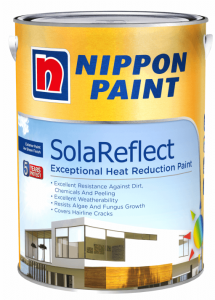
Nippon Paint Singapore has developed a total cool paint solution with IR infrared-reflective technology to reflect infrared radiation from the sun into the atmosphere and away from the horizontal surface (roof, road perimeter) and vertical (facade) surface of the building. This will reduce thermal heat accumulation at the surfaces to cool down the buildings by up to 5°C.
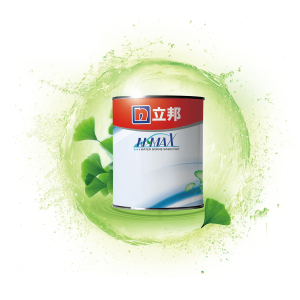
NIPSEA Group has created a new-generation automotive refinish waterborne production line N-MAX. With exclusive rheological technology, N-MAX increases the spraying efficiency in wet-on-wet painting which shortens the operation time.

MonoShineTM is high-solid waterborne technology that is environment-friendly as it provides a rapid coating process and also reduces VOC emission substantially. Unlike the conventional coating system, MonoShineTM combines primer, basecoat and clearcoat into a single film and still maintains high gloss and excellent appearance by using a unique crosslinking system.
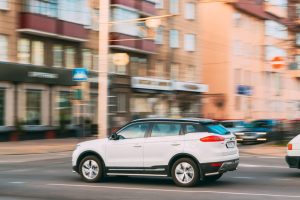
Compared to the conventional WB 3C2B technology, IPP (Integrated Painting Process) technology is more economical and environmentally friendly due to less energy consumption and lower VOC emission resulted from its unique “Wet on Wet” process between the coating layers of primer (BC0) and basecoat (BC).
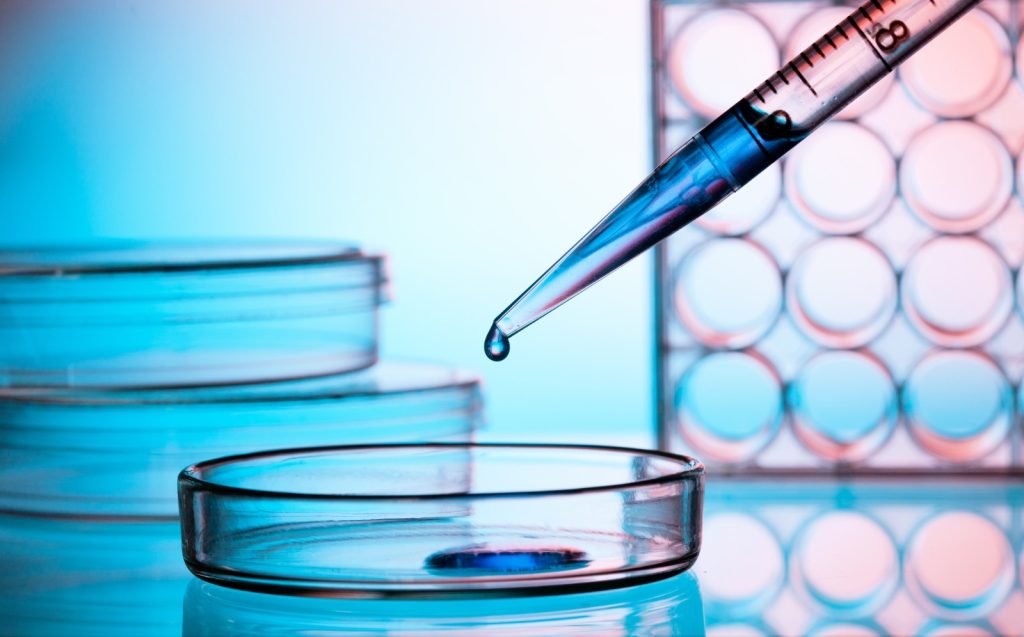
A key step in NIPSEA Group’s commitment to a green future is realised by the successful commercialisation of our waterborne polyacrylate dispersion resin platform. With the aim of reducing solvent emissions, improving air condition, and bringing a healthier home to everyone, NIPSEA Group has been providing waterborne paints and coatings to the world for many years. Building on years of dedicated research, NIPSEA Group has gone one step further: In 2021,we have successfully commercialised a resin platform of waterborne polyacrylate dispersion. This raw material platform provides new technology, new material, less solvent, and better performance to many of our coatings. This new waterborne resin platform builds on the success of our waterborne polyurethane dispersion platform, and has greatly improved our in-house waterborne resin capability. It has also formed the foundation of our transition from solvent-borne coatings to waterborne coatings.
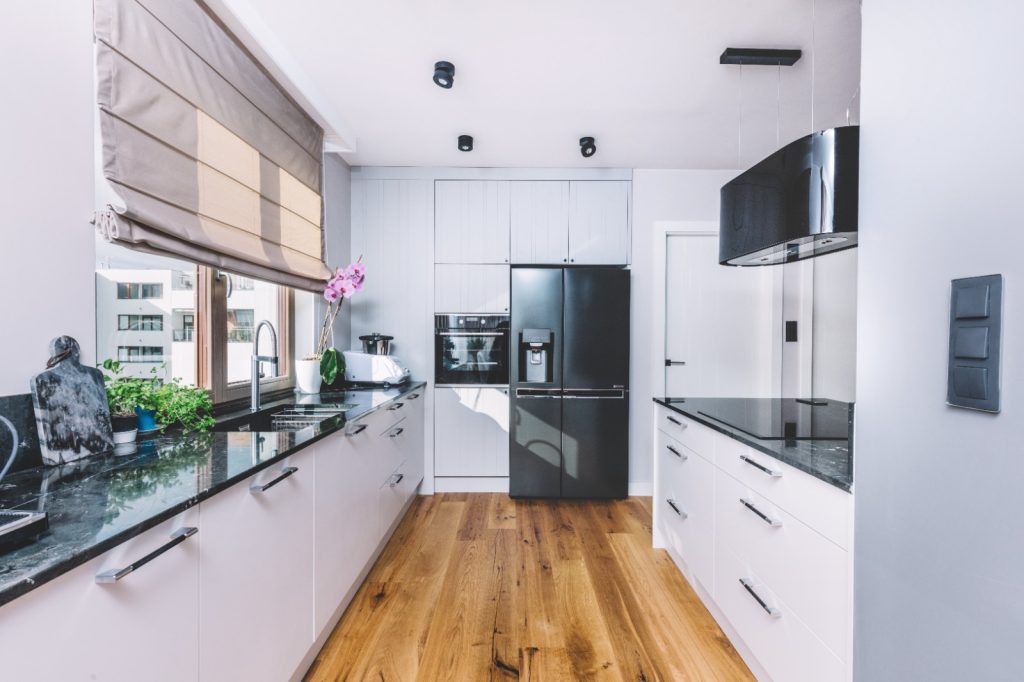
One of NIPSEA Group’s most exciting new developments, the ACECRON® 130TF E-coat, is an industry-leading electrophoretic paint that cures at 130°C without the addition of heavy metals such as lead and tin. ACECRON® 130TF provides excellent film appearance, workability, bath stability and outstanding corrosion resistance. It has been successfully adopted by one of China’s largest compressor providers. It helps customers to reduce energy consumption and increase productivity without oven upgrading and reconstruction. ACECRON® 130TF E-coat achieves REACH and RoHS Compliance and helps meet the requirements of customers all over the world.
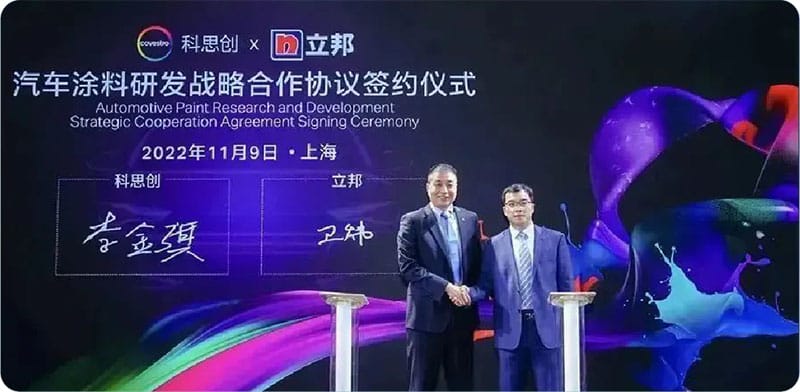
The key to achieving both aesthetics and low carbon emissions is through the alternative use of “bio-based” materials. The use of oil as a medium for most paints has been in practice for over 2000 years, with tung oil being used as a film-forming agent by China to blend various colours and form coatings. However, the traditional natural collection of raw lacquer has become inadequate in the industrial era. The addition of curing agents has become an inevitable choice for the development of the automotive industry. This technology is based on the use of petroleum as a raw material, leading to pollution from the waste paint films which cannot be degraded easily.
To upgrade our technology, we must first address the biggest “pain points”. In recent years, NIPSEA Group has focused on the “Renaissance” bio-based technology. As a representative of its global technology integration, NIPSEA Group has selected some bio-based curing agents developed by Covestro in Germany as the foundation to develop a new generation of automotive coating solutions.
NIPSEA Group has innovatively used bio-based curing agents that contain nearly 70% of bio-based raw materials instead of petroleum-based curing agents. The bio-based curing agents can be converted into final products through biological or chemical transformation, effectively reducing carbon emissions during the production process. With its profound technological accumulation, NIPSEA Group quickly applied bio-based technology to the research and development of varnishes and ultimately formed the final product through deep integration of large formulations and industrial manufacturing.
This is the real innovation behind the environmental protection of NIPSEA Group’s bio-based coating solution: achieving environmental protection goals without compromising performance. In laboratory tests, NIPSEA Group uses bio-based varnishes that remain stable in hardness, appearance, ageing tests, and chemical resistance tests, and even exhibit better performance in some tests.
